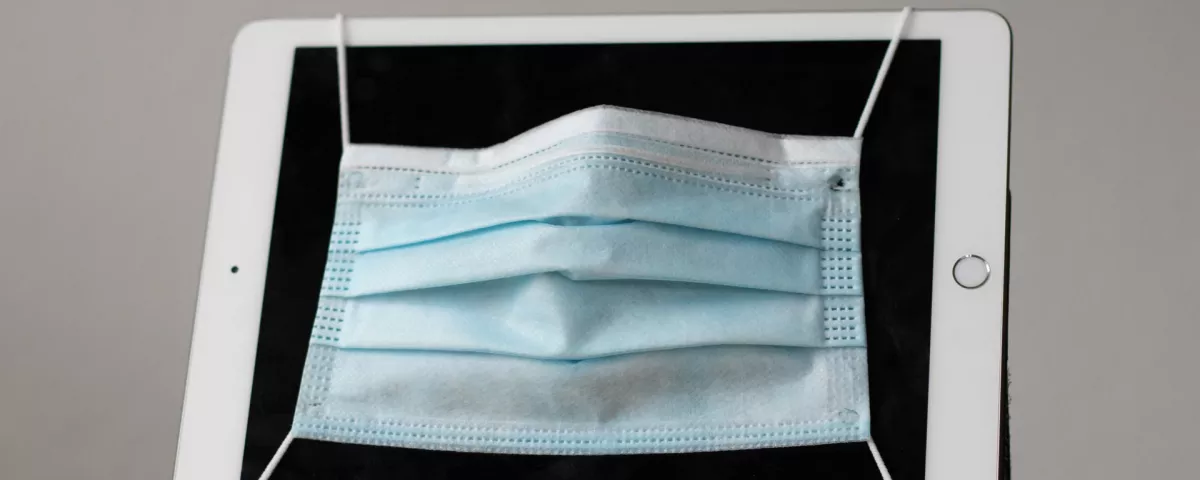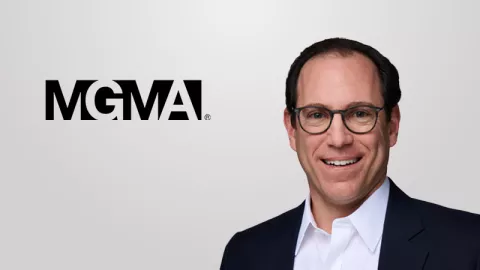

Additional Resources


Benefit Overview
Gain Valuable Insights with Optimization Services
Read More


Success Story
Orthopedic Spine Center Finds Perfect Fit with Greenway Health
Read More


Video
Beyond the EHR – The Future of Healthcare Automation with Dr. Michael Blackman
Read More


Blog
How Greenway Health Stacks Up: A Competitive Analysis of Healthcare Technology Solutions
Read More














